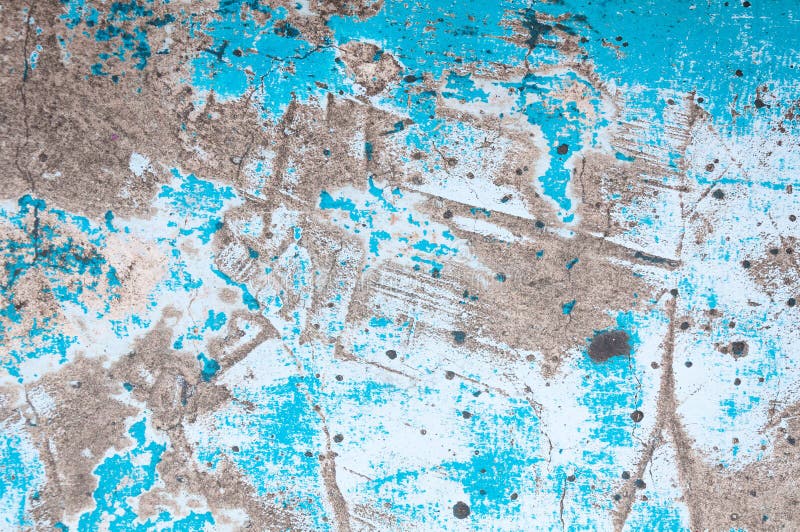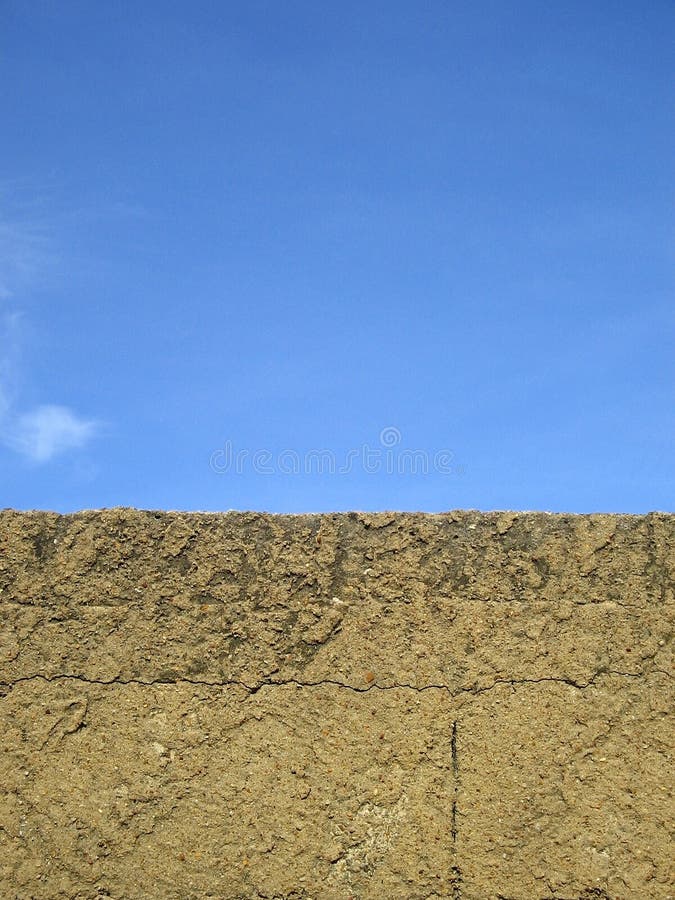
This approach of valorization has been implemented in Luxembourg on a pilot scale by the company CPPE on a clinker production site of Cimalux.

The salts generated such as ammonium or potassium bicarbonates can be valorized as fertilizers. Fertilizers: a CO2 capture method that allows to produce themīeyond the production of urea, CO2 can be captured by reaction with potassium hydroxides or ammonium. This has been implemented by Climeworks in Switzerland for CO2 from a household waste incineration plant. In this application, CO2 can be used to boost the photosynthesis of fruits and vegetables produced in greenhouses and improve production yields by up to 25-30%. Greenhouses: CO2 valorization to improve production yields in agribusiness Our Energy-Environment-Mobility team highlighted 5 of them in this article. But with the deployment of new CO2 capture technologies from more dilute sources, new ways of valorizing CO2 are emerging with new opportunities for industries. The remaining 10% is mainly used for applications in food processing and metallurgy (IEA 2018).

But what to do with this CO2 once it is captured and refined? Mainly produced from natural gas reforming activities, CO2 has historically been used for urea production (57%) and enhanced oil recovery (34%). While the fight against climate change currently focuses on reducing CO2 emissions in the atmosphere, the capture of CO2 from industrial emissions or even directly in the atmosphere is developing.


 0 kommentar(er)
0 kommentar(er)
